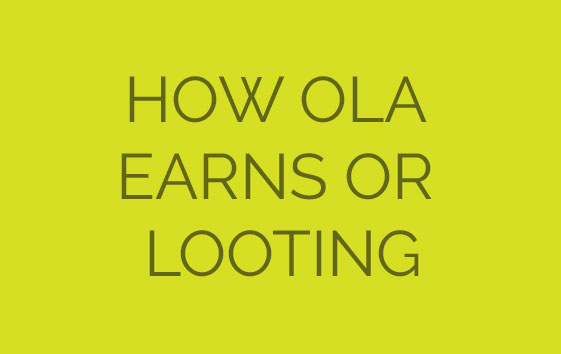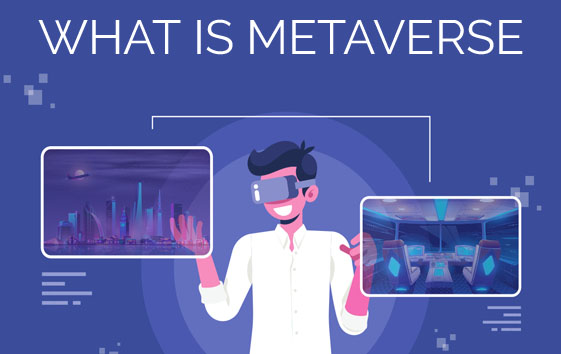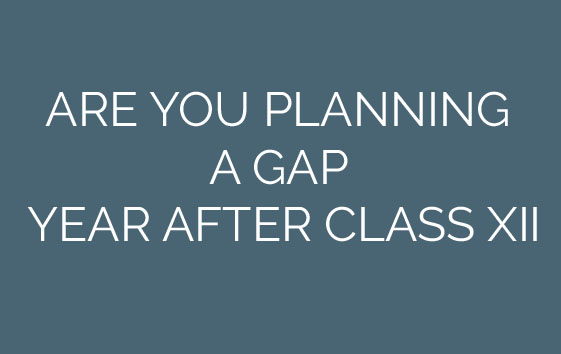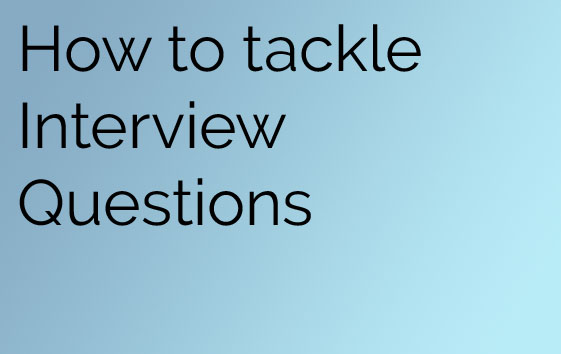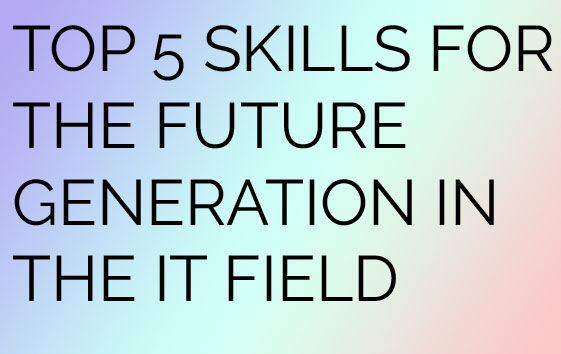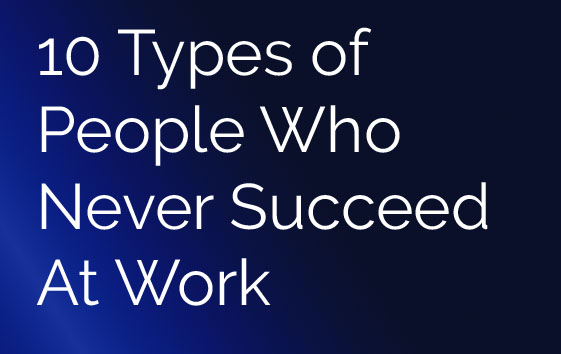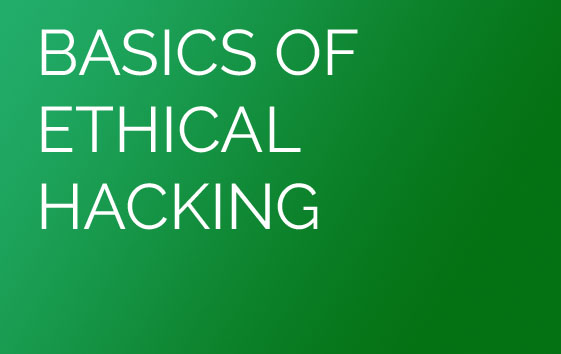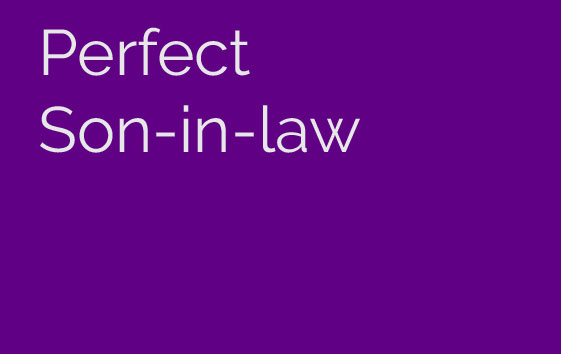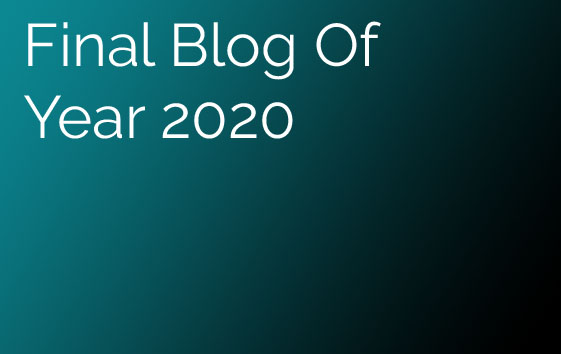Hi friends...New blog: How to use SDLC steps in Mobile App Development
This is my New Blog How to use SDLC steps in Mobile App Development . This is an engineering topic which we studied in Software Engineering subject. I have released my Mobile app on Google Play store.
This is the link to install/download:Click Here
Student from B.Sc IT, B.tech(CS/IT) and BCA and MCA can too relate with their respective topic with this blog.
I am
not her to teach you SDLC, which you can also find out anywhere in internet. I
have recently developed my first Mobile
App for Sourabhgupta.com. App is
available on Google Play store and it is free to use. I am adding my all contents
to my app but in first ver. I have provided only Online Learning section. I have used same SDLC steps/phases to
develop Mobile app and in below points you can also refer them.
Mobile
App development was not my first choice but as time demands we have to move on
and always try to learn something new. Android app development was not easy, as
I do not have any experience about it but I knew how to follow the SDLC steps. I
have gathered all the information and one of my friends Jatin Sharma helped me to develop this app. We have taken approx. 4
months to develop this app from scratch. Yes it is not fully build but somehow I
manage to release it is first ver. on Google play store. So first learn what is
SDLC?? And How it is works in my Mobile
App Development.
WHAT
IS SDLC:
Software
Development Life Cycle (SDLC) is a process used by the software industry to
design, develop and test high quality software's. The SDLC aims to produce high-quality
software that meets or exceeds customer expectations, reaches completion within
times and cost estimates.
SDLC
is a process followed for a software project, within a software organization.
It consists of a detailed plan describing how to develop, maintain, replace and
alter or enhance specific software
. The life cycle defines a methodology for improving the quality
of software and the overall development process.
A
typical Software Development Life Cycle consists of the following stages ?
Stage 1: Requirement Gathering & Analysis
Requirement analysis
is the most important and fundamental
stage in SDLC. It is performed by the senior members of the team with inputs
from the customer, the sales department, market surveys and domain experts in
the industry. This information is then used to plan the basic project approach
and to conduct product feasibility study in the economical, operational and
technical areas.
In
my app, I knew everybody is looking for app now so I have developed my app. I
have gathered all the information and market analysis that this is right time
to release your first ver.
Once
the requirement analysis is done the next step is to clearly define and
document the App requirements and get them approved from the customer or the
market analysts or self. This is done through an SRS (Software Requirement
Specification)
document
which consists of all the App requirements to be designed and developed during
the project life cycle. For my App, My first reason was to develop is easy to
install and access. Now you do not need to go anywhere or type any URL, You
just need to install my app and access all pages like my website.
Stage 2: Designing the Product
Architecture
When
I confirmed with requirements what I am going to develop in my mobile app, I
have started working on designing part.
I have
used Framework 7 for my Mobile app development. I have
categorized the features as per SRS reference and design the complete mobile
app.
SRS is
the reference for product architects to come out with the best architecture for
the product to be developed. Based on the requirements specified in SRS, usually
more than one design approach for the product architecture is proposed and
documented in a DDS: Design Document Specification. This DDS is reviewed by
all the important stakeholders and based on various parameters as risk
assessment, product robustness, design modularity, budget and time constraints,
the best design approach is selected for the product.
A
design approach clearly defines all the architectural modules of the product
along with its communication and data flow representation with the external and
third party modules (if any). The internal design of all the modules of the
proposed architecture should be clearly defined with the minutest of the
details in DDS.
Stage 3: Implementation or Developing
the Product
In
this stage of SDLC the actual development starts and the App is built. The
programming code is generated as per DDS during this stage. If the design is
performed in a detailed and organized manner, code generation can be
accomplished without much hassle.
Different
high level programming languages such as PHP7,
HTML5.0, CSS3, Mysql, JavaScript
and Jquery are used for coding. The
programming language is chosen with respect to the type of software being
developed. It is completely developer's choice and in my app, it was my choice.
Stage 4: Testing the Product
This
stage is usually a subset of all the stages as in the modern SDLC models, the
testing activities are mostly involved in all the stages of SDLC. However, this
stage refers to the testing only stage of the App where App defects are
reported, tracked, fixed and retested, until the App reaches the quality
standards defined in the SRS. I have tested on many devices along with
browsers.
Stage 5: Deployment in the Google
Play store
One
of the difficult tasks to submit your app for deployment in the Google play
store. It took more than two weeks of approval after that Google released my
app on play store.
There are some criteria which we need
to follow like code ver., checking of links, SRS module, quality assurance and
many more.
I
have received feedback from my friends and Then based on the feedback, the App
may be released as it is or with suggested enhancements in the targeting market
segment. After the App is released in the market, its maintenance is done for
the existing customer base.
Stage 6: Maintenance
This
is final stage of App development. We have to maintain the quality and make
sure our product should be robust in every aspect.
Further
development and market demands include more features which can enhance the
production and usability of product. It is usual process but first we have to
maintain the product and should fix all issues. In my app, I have seen so many
bugs after releasing, so I have once again work on codes and re released in Google
Play store but the more improvisation is always in progress.
That is
how I developed my First Android Based Mobile App
Along with SDLC Models, we
can use below models for developing the product
-
Waterfall Model
-
Iterative Model
-
Spiral Model
-
V-Model
-
Big Bang Model
Other
related methodologies are Agile Model, Rapid Application Development and
Prototyping Models.
This is my App journey and I have learned so many things. If you want to connect below are some links:
Thanks
Sourabhgupta.com





